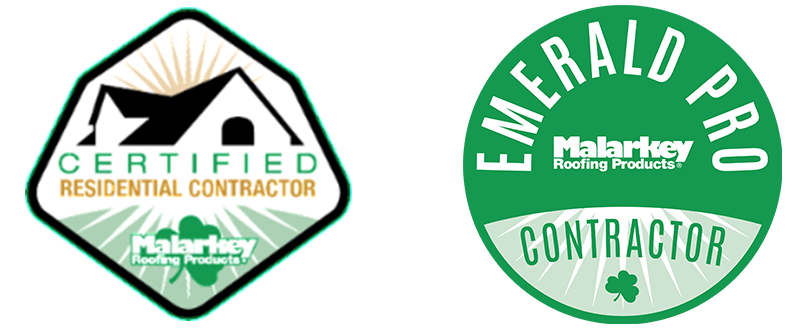PVC (Vinyl) Roofing
What is it and how is it made?
PVC (Thermoplastic polyvinyl chloride), otherwise referred to as vinyl membrane roofing, is a popular and high performing, low slope roofing option. PVC membranes offer strength, waterproofing and fire resistance, making them a durable and cool roofing option. Reflective vinyl roofs have been used to protect and cool for decades, and are a solution to curbing high peak demand charges on electricity bills.
Vinyl roofing membranes are made of a flexible, tear and water resistant polymer that is reinforced with fiberglass non-woven mats or polyester woven scrims. These roofing components reinforce Vinyls dimensional stability, durability, and capacity to respond to a normal expansion and contraction of buildings that is caused by exposure to environmental elements over time.
Pros:
Durability: The heat-welded seams of thermoplastic vinyl form a permanent, watertight bond that is inherently fire-resistant and does not support combustion.
More Design Options: PVC membranes are recommended for roofing projects with cosmetic considerations. With this material, you can achieve any look you and your architect are after. It works well with complex roof curvatures and many lines and design details.
Temperature regulation: PVC performs better than other low slope roofing options in high temperatures, making it a solid choice for roofs that will house heat generating equipment such as your HVAC system.
Chemical Resistance: PVC perform better than other low slow roofing options when grease or other chemicals are a consideration. The product will require less upkeep or repair over time.
Cons:
Puncture Resistance: PVC’s malleable flexibility makes it less puncture resistant than other roofing options such as EPDM.
Surface Traction: PVC can be very slippery when wet, making it a difficult roof to walk on or to store unrestrained objects on.
Newer Formula: Although PVC membrane roofs have been in production for over 50 years, the exact formula used has had to be modified several times to account for unforeseen weaknesses and environmental considerations. Therefore, the formula in its current state has a shorter track record than EPDM.
Price: PVC is a sold at a higher price-point, especially if you opt for the white surface options.
Environmental Considerations: PVC produces a chemical release of bio-accumulative toxins (such as dioxin) during its manufacture and disposal.
Estimated lifetime:
PVC or Vinyl roofing systems last 20-30 years depending on the environmental conditions and upkeep of the building.
In a Nutshell:
PVC or vinyl roofing is a solid low slope option that has a relatively long lifespan. These membrane products come in several options of colors and thicknesses, making it easier to conform to aesthetic considerations. It has a higher price-point, but greater flexibility in design. Reflective vinyl roofs have been used to protect and cool for decades, making them a good option for buildings enduring or producing higher surface temperatures.
Fun Fact:
• Designers looking to aesthetically and environmentally enhance a building can install vinyl as the waterproofing membrane of a green planted roof. It will remain watertight in extreme conditions including dampness, ponding water, high and low alkaline conditions and exposure to plant roots, fungi or bacterial organisms.





